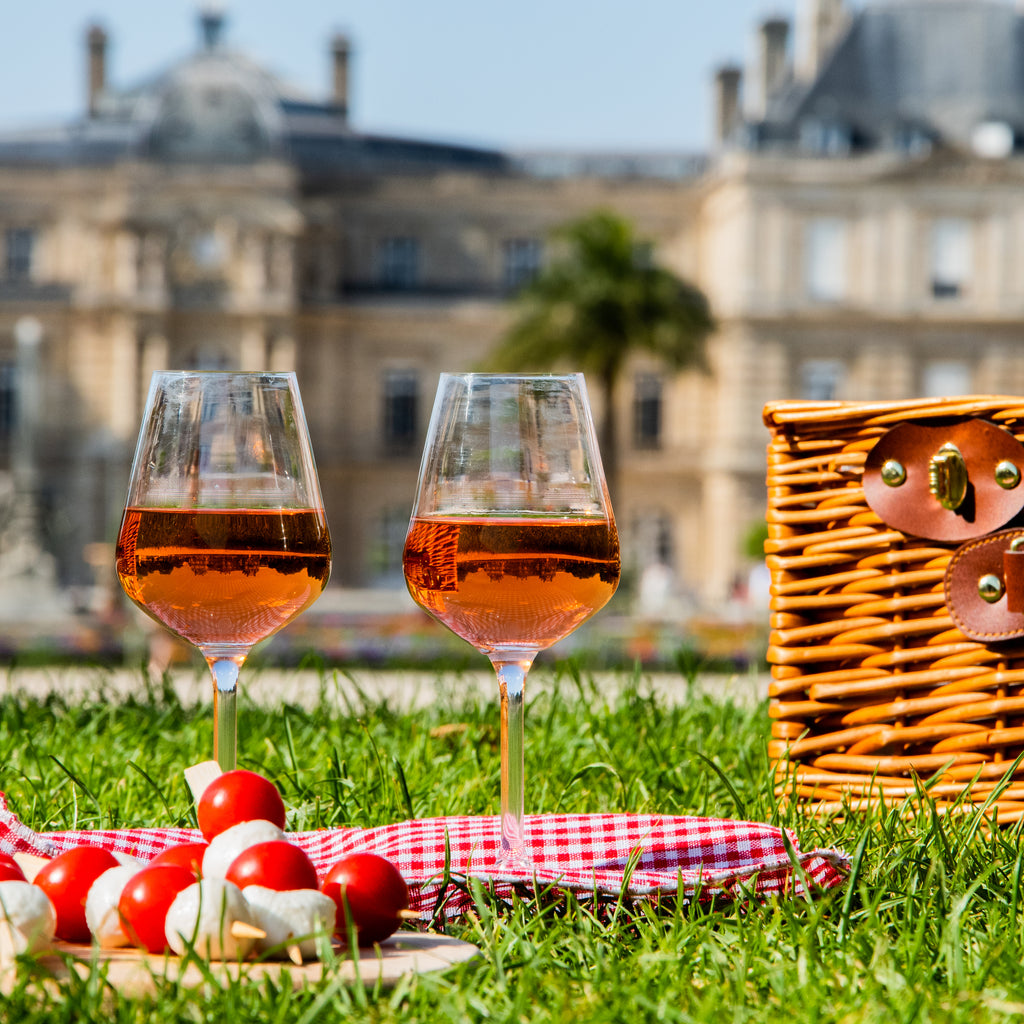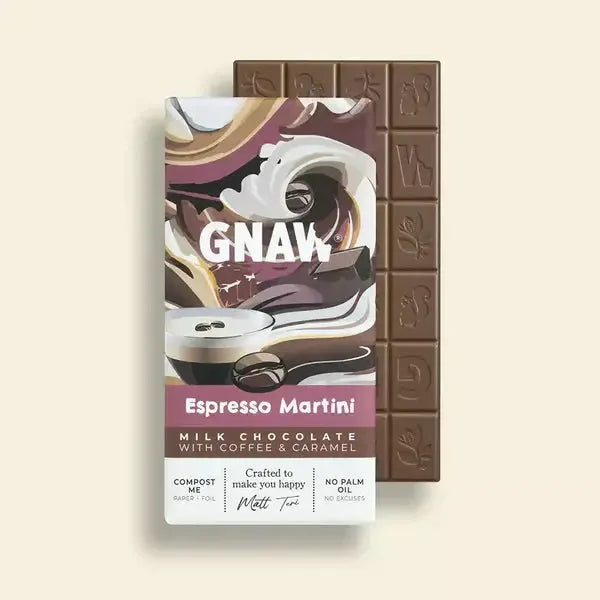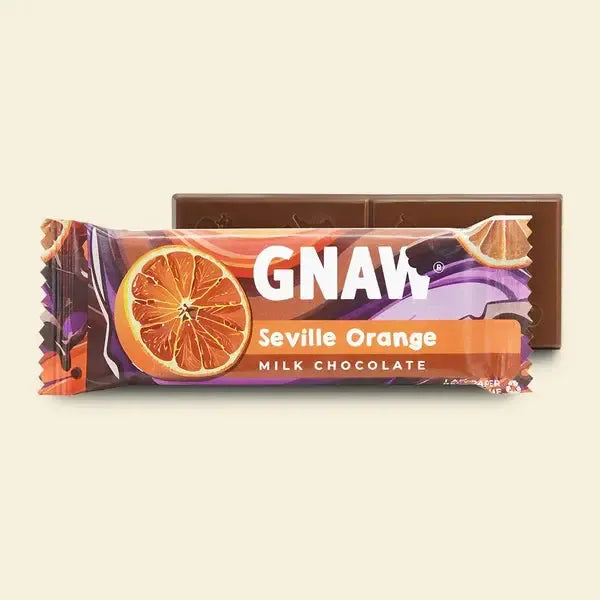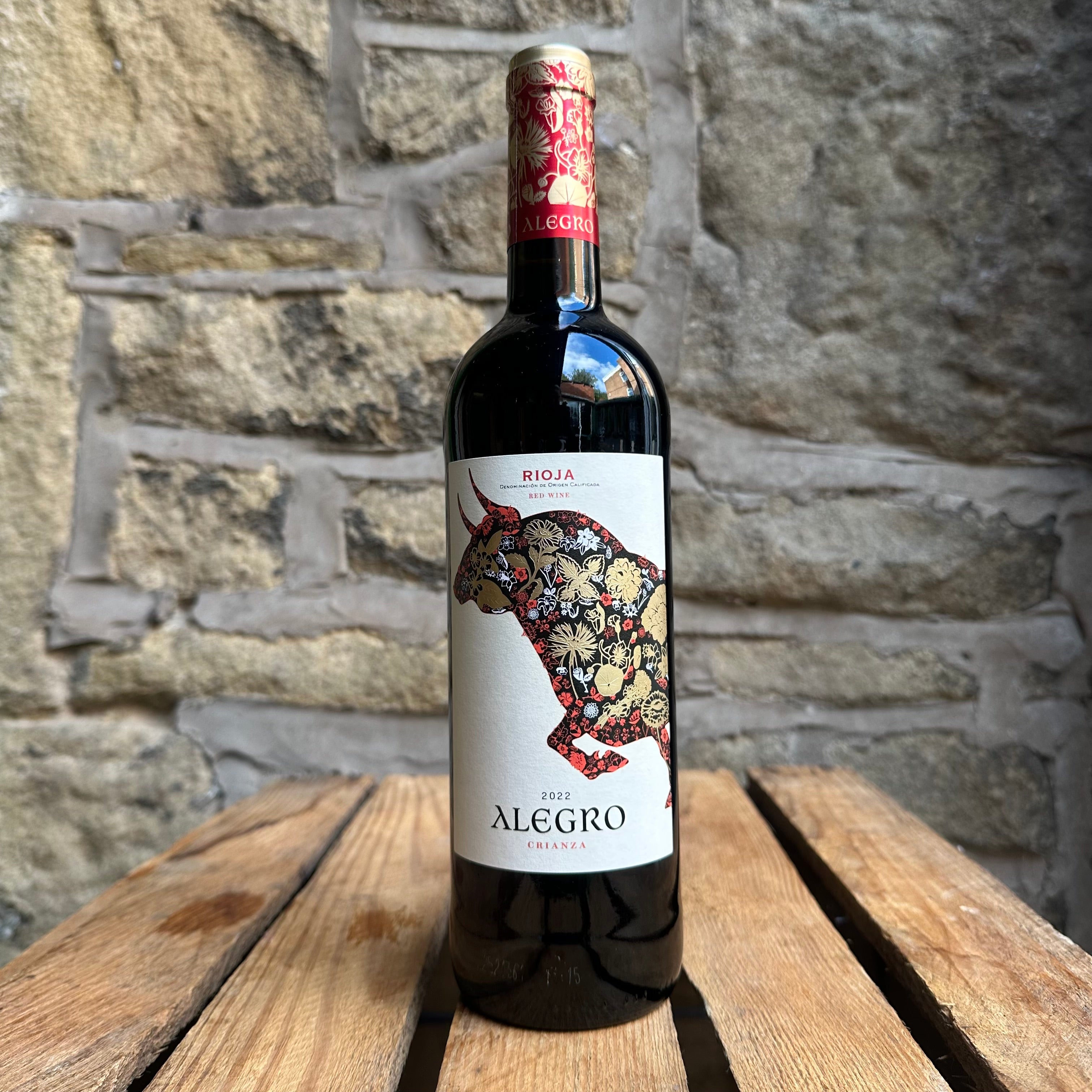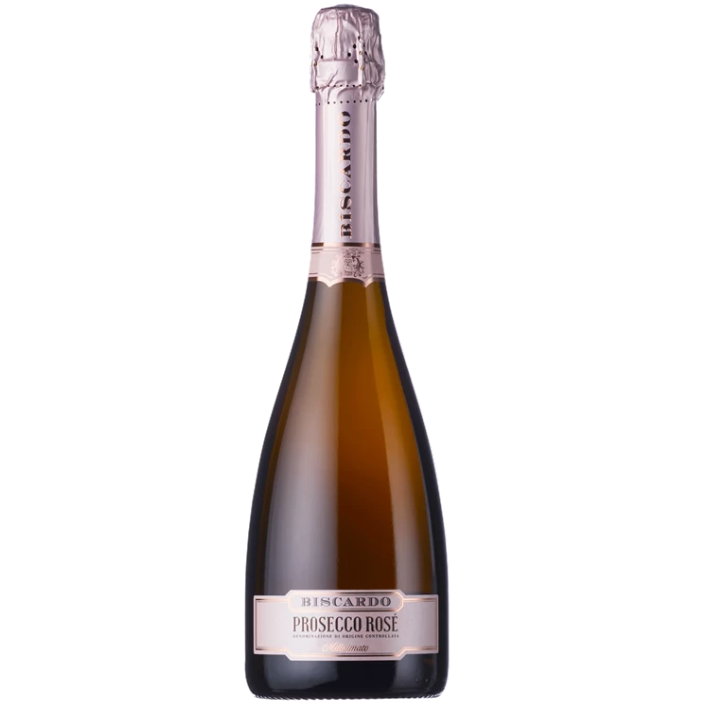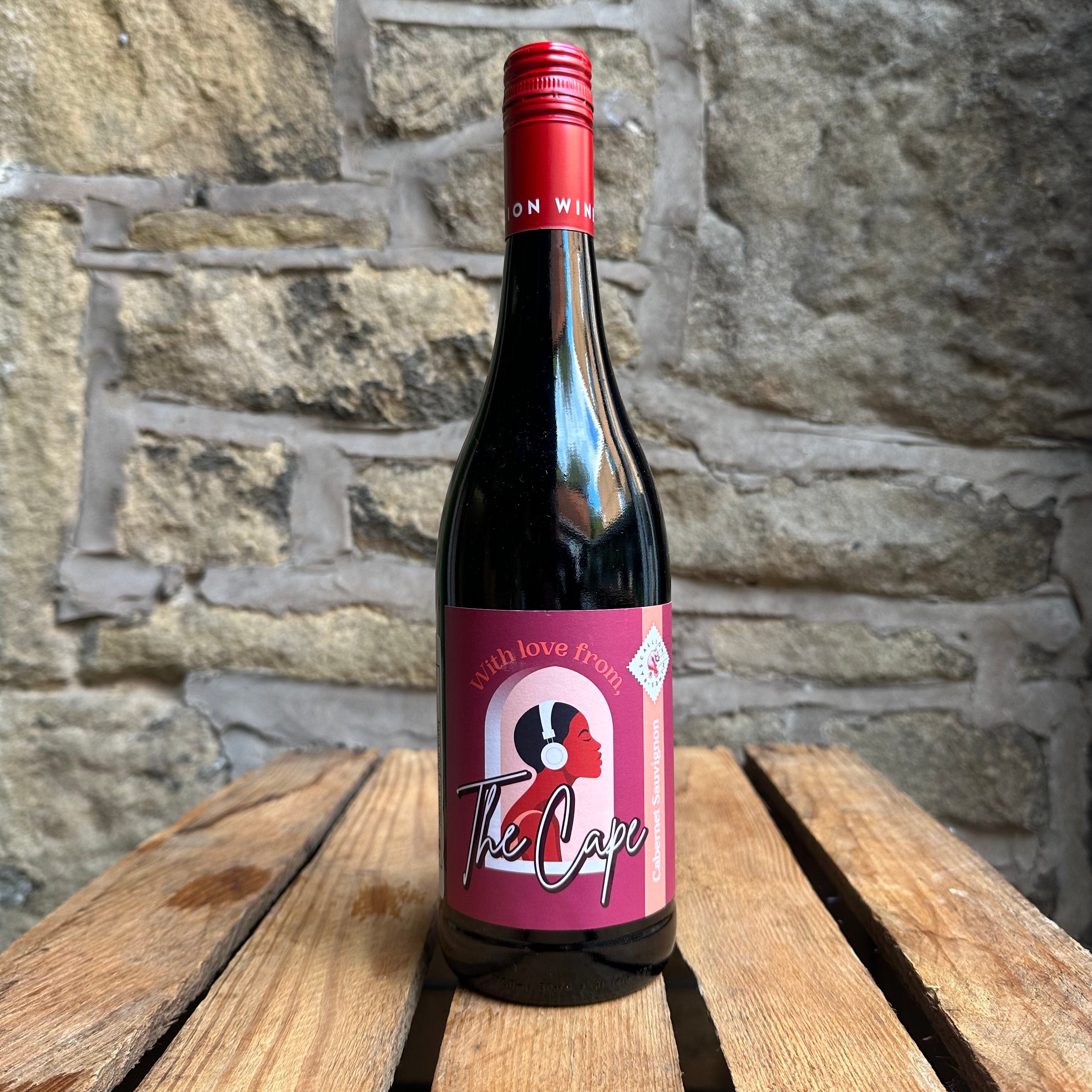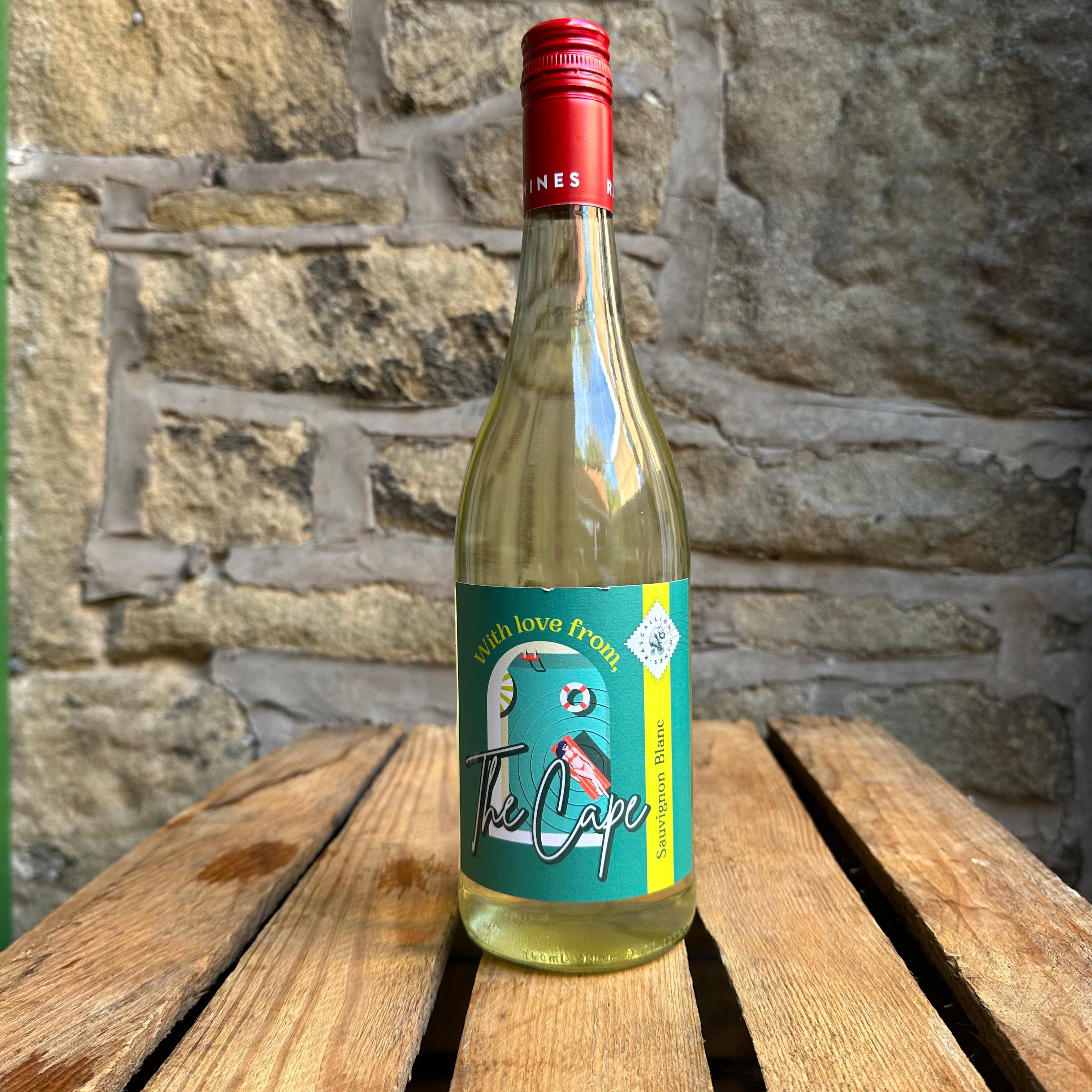
The Beauty of Bulgaria

As with much of Eastern Europe, winemaking in Bulgaria dates back to the ancient Thracian period over 5000 years ago. Winemaking flourished at varying times during its history, always recovering from the numerous setbacks suffered over the centuries, whether due to politics, religion, war or disease. Today, wine and the vine remains a central part of Bulgarian traditions and modern day culture.
Sitting above the northern borders of Greece and Tukey, with an eastern edge on the Black Sea, Bulgaria has excellent climatic conditions for a wide range of vines. The terroir ranges from coastal with plentiful rivers and hills, to lengthy plains, mountainous slopes and valleys further inland. The equally varied soils to choose from encourage the highest viticultural diversity,
The most productive winemaking regions of Bulgaria include:
DANUBE PLAINS

The Danube Plains lie in the north of the country where the cooler climes, albeit with hot summers, allow a range of red and white grapes to thrive. Too many to name, some of the most popular include native Pamid and Rubin, Muscat (Misket) Ottonel, Traminer, and international varieties such as Pinot Noir, Merlot, Sauvignon Blanc and Riesling.
The Haralambievi family vineyards are based here, cultivating both native and international varieties and accomplishing huge success with the stubborn Pinot Noir vine. Their Trois Visages Blanc de Noir is a unique still white created with Pinot Noir and is part of their exploration of the "3 faces" of this grape. A wine of the palest salmon appearance, it shows pineapple, melon, fresh strawberry and elegant touches of mint and violets.
Their H's range celebrates the best of native grapes too such as H's Dabnika Rubin. This grape is actually a cross of Syrah and Nebbiolo. It shows excellent depth and tannins, bringing elements of red and black berries with pepper and violet elements. Oak ageing can add typical vanilla and smoke. H's Dabnika Rubin is an unoaked interpretation that retains elegance whilst being venturesome. Expressive layers black mulberry, cherry, blackcurrant, dried leaves and black pepper meld with soft tannins and pleasant freshness.
THRACIAN LOWLANDS
The Thracian Lowlands sits in the south of Bulgaria where temperatures are slightly warmer all year round along its hills and valleys. Several grapes from further north make a re-appearance, alongside Mavrud (Mavroudi in Greece), Dimyat and Gamza (Kadarka).
Mavrud is a rarely planted red variety held in high regard across the country. Bold and deep, it has good tannins and acid, with a profile of rope, even stewed, forest fruit and herbal floor. Naturally low yielding and late ripening, these grapes tend towards excellent flavour concentration.

Brestovitsa Winery, based in the northern skirts of Rhodopi Mountain where the grape is thought to have originated, produce the varietal Maximinus Thrax Mavrud. It typifies its profile as a full bodied wine with tremendous longevity, boasting red berry and raspberry aromas and flavours. One year in French oak barrels smooths out abundant tannins, ensuring this wine opens up in complexity with age.
Also based in the region, Korten Winery is a small but very well positioned micro-winery headed by a dedicated team, emphasising harmony between man and nature with many natural processes to make authentic wines with distinct character. They produce a Natura Mavrud-Rubin blend that is aged for 9 months in 80% French and 20% American oak barrels, bringing complex aromas of cherry, blackberry and herbs. Further notes of plums, dark chocolate, vanilla and blackcurrant fall on the palate, with well balanced acidity and ripe tannins.
Of the other popular grapes here, we have Muscat (aka Misket) Ottonel - part of the Muscat grape family and very versatile. Paler in colour with low acid and typical aromatic complexity, it often shows acacia, violet, citrus zest and even honey tones. Dimyat (aka Dimiat) on the other hand is a grape that enjoys cool breezes at higher altitude and can easily bring high yields, making it a popular blending grape. Fresh, light and with high acidity, it has a herbal/floral character with apricot, natural vanilla and sometimes quince.
Korten blend these two for their Natura Muscat Ottonel-Dimyat, bringing very expressive aromas of green apple, rose, lychee, and spring honey. Lovely freshness, elegant notes of peach, tropical fruit, and white rose fill the mouth before a crisp finish.
STRUMA VALLEY
The Struma Valley sits inland to the south west of the country, just above its border with Greece. A relatively small area, it is reliant on its many microclimates of its river valleys. Preferred more by red grape vines, it holds its own rare, native grapes such as Melnik (Early & Broad Leaf), and those that prefer warmer climes such as Keratsuda, Syrah, Nebbiolo and Cabernet Franc.

The Early Melnik grape is a natural hybrid only found in this valley and has become a popular alternative to the late ripening Broad Leak Melnik as it ripens earlier and shows assets similar to a Pinot Noir or Gamay. Lots of fresh red cherry and, with ageing, can show elements of leather and tobacco.
Based in the Struma Valley, Logodaj Winery who were founded in 1994 take pride exploring Early Melnik's potential with their Melnik 55. Grapes go through pre-cold maceration to retain natural freshness and fragrance, before spending 12 months in barrique for malolactic fermentation. The result is a wine with scents of fresh cherry, spicy notes and sweet vanilla. Great balance and elegance, silky soft tannins, and a rich, persistent finish.
Keratsuda (aka Kerazuda) is, like Mavrud, another grape popular across the border in Greece. A white grape that enjoys the warmth of this region, it is relatively late ripening with low acid, creating still wines with lots of pear and apricot flavours. Libera Estate is a relatively new project founded in 2013, focusing on native varieties such as this in vineyards over 25 years old, and aiming to show their true potential in contemporary times.
In modern fashion, Libera explore another side to this white grape with their stunning Orange Keratsuda that ferments the wine with grape skins for 50 days to bring a dark golden appearance with nuances of amber. Typical Keratsuda aromas of pear, apricot and white flowers abound and the palate balances pronounced tannins from skin contact being balanced by refreshing acidity.



